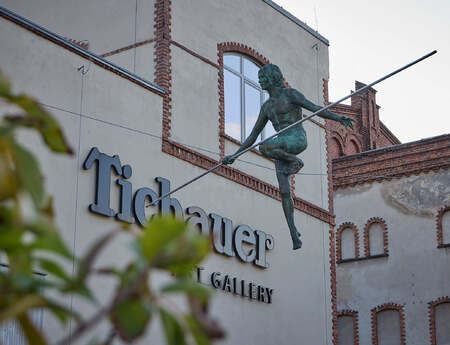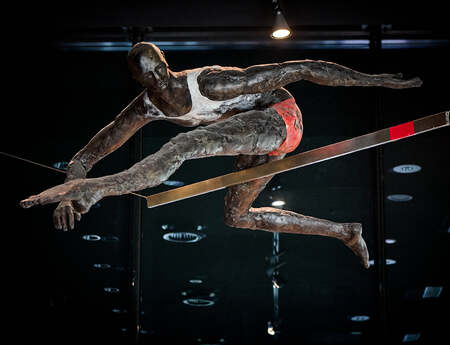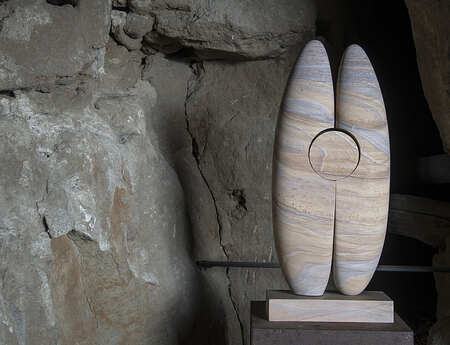Sophie Azzilonna
Sensburger Allee 25
14055 Berlin
Germany
The Sensitive Man in Modern Sculpture
Since the turn of the 20th century, a striking number of sculptors explored the topos of the unscathed, albeit vulnerable youth. The notion of a sensitive and sentimental ideal male body appears to be a deliberate reaction against the images of potent heroic masculinity prevalent at that time. The demonstrative internal defenselessness displayed by these figures stands in contradiction to the brutality of external reality.
In an environment shaped by the self-confident belligerent militarism of the late imperial era and the still young pro-democracy movements, primarily male artists sought a refinement of body and mind. The cult of youth that blossomed around 1900 in both militant and pacifist circles inspired the ideal of the tender, sensitive man. Numerous literary parallels with this unusually gentle male image can be found in the writings of Thomas Mann, Rainer Maria Rilke and Georg Trakl as well as in the Stefan George circle.
The emergence of Neo-classicism in the late eighteenth century was already accompanied by a reversion to classical antiquity and Renaissance sculpture. Portraits of such tender youths as Cupid, Narcissus, Pygmalion and Ganymede enjoyed great popularity in public and especially private sculpture collections. Over time, modern sculpture discarded their narrative contexts, offering as never before frank images of a human body permeated by inner and outer desires. The development of a bourgeois art market and the new role of the artist accompanying it accommodated the needs of a plurality of modern society, which is also reflected in the subjects they chose. While the sensitive men portrayed by Hildebrand, Minne and many of their contemporaries epitomize an awakening, they likewise respond to a virulent doubt about their times. Georg Kolbe’s designs for a World War I memorial do not depict the devastations of war or pillory the misery it causes but pays tribute to its victims, who were in fact often still almost youths, and simultaneously offers devotional images of transcendental beauty to their grieving families. In many regards, Lehmbruck’s “The Fallen” from 1915/16 not only marks a turning point in modern sculpture’s conception of the human body but moreover in its attitude towards contemporary conditions as well, against the backdrop of which the figure must be seen. Afterwards, however, beautifully linear depictions of the unscathed body seemed detached from the real world at best, if not anachronistic or even reactionary in the face of those times. A new form of sculpture emerged in works by such artists as Hermann Blumenthal, Joachim Karsch, Gerhard Marcks and Renée Sintenis, whose tenderly sensitive notions regarding the body visualize both its vulnerabilities and its partly inner as well as outward wounds. The examples from the time of World War II, when the demanded world order conclusively no longer allowed for room for the reluctant, the hesitant and the skeptic, are disturbing.
Three generations of sculptors are represented in the exhibition. Some of the male images conveyed in the show stand in crass contradiction to external reality and its canonized historiography while simultaneously presenting the diversity of modern gender roles that are an expression of a still topical history of emancipation.
https://www.georg-kolbe-museum.de/english/



